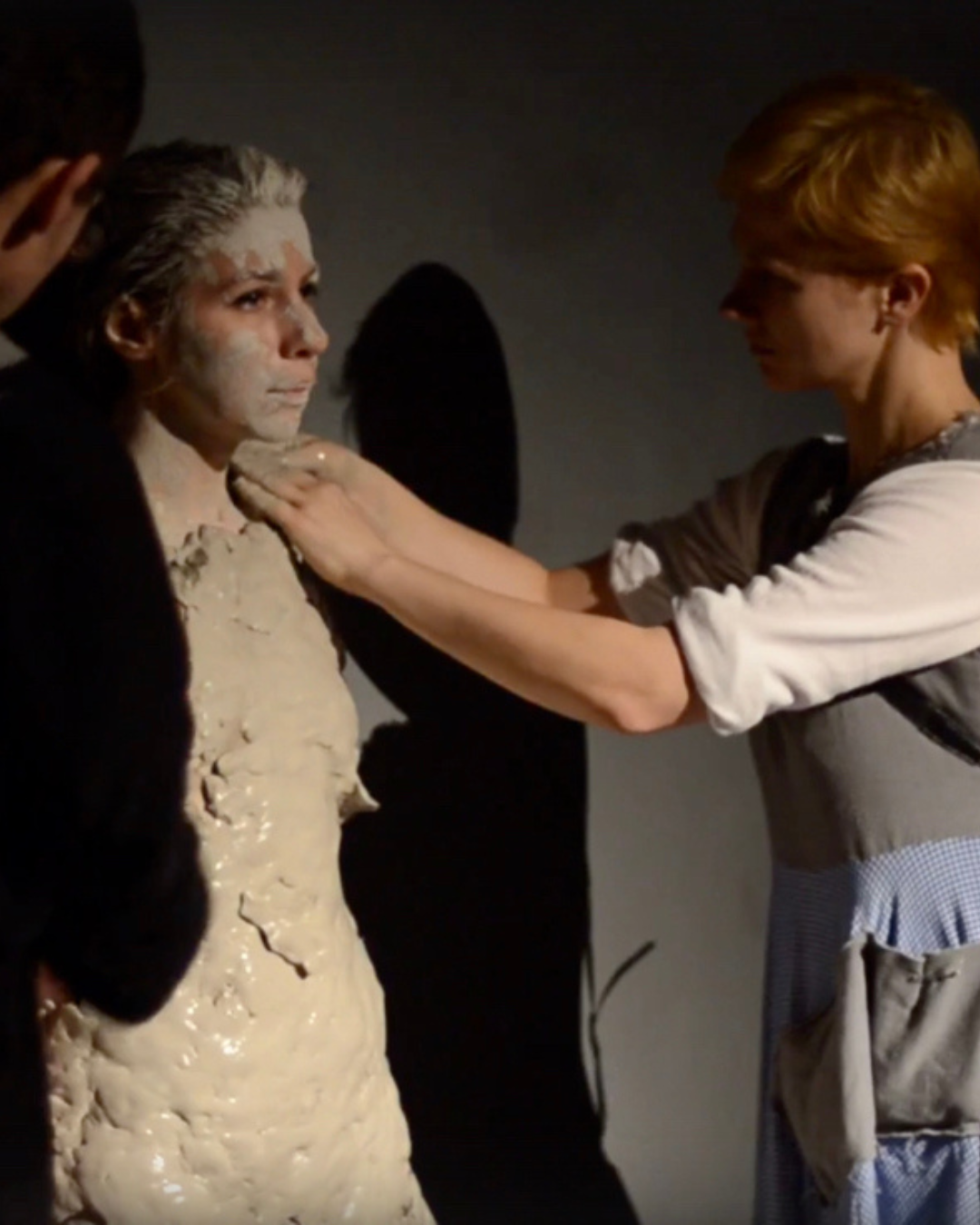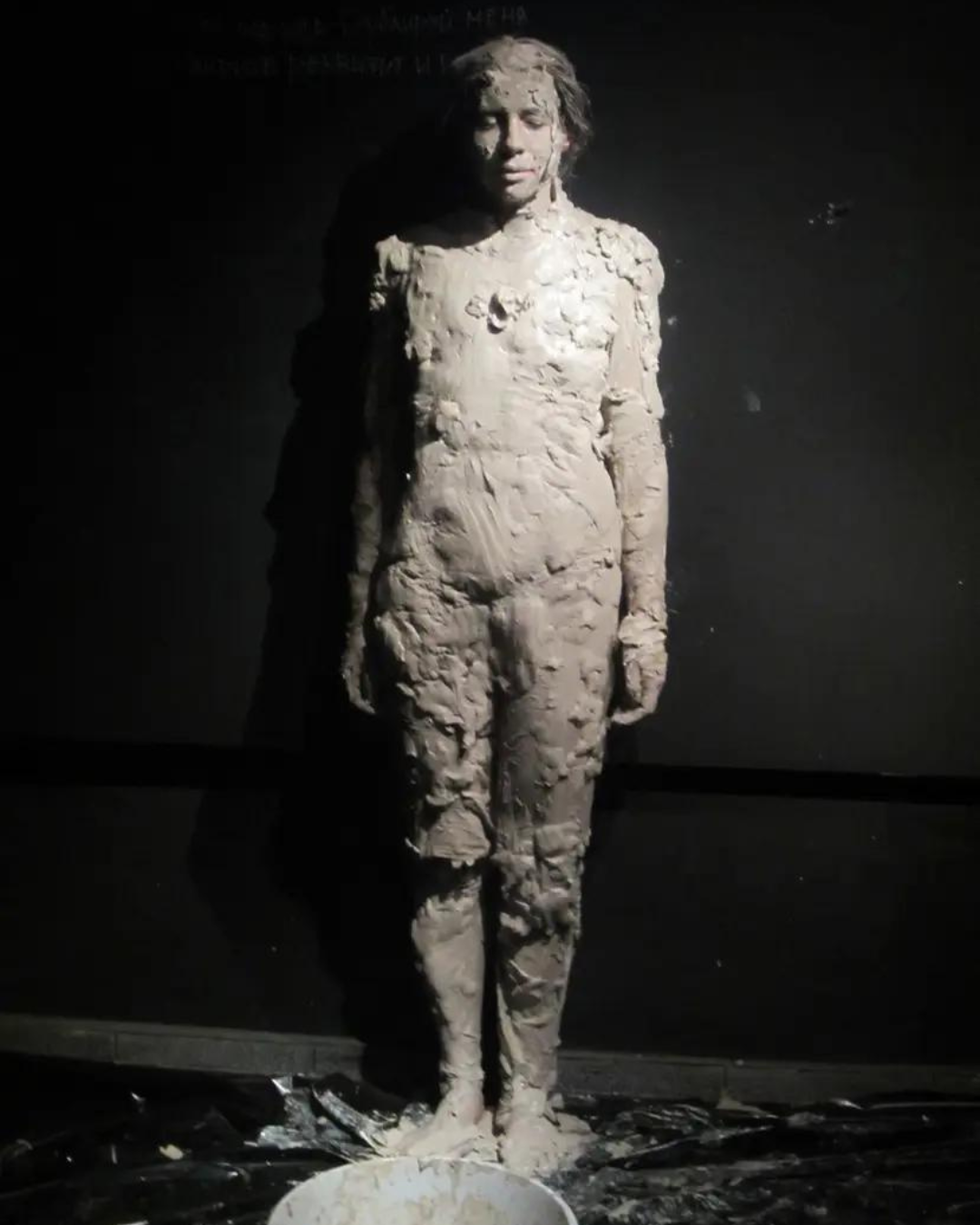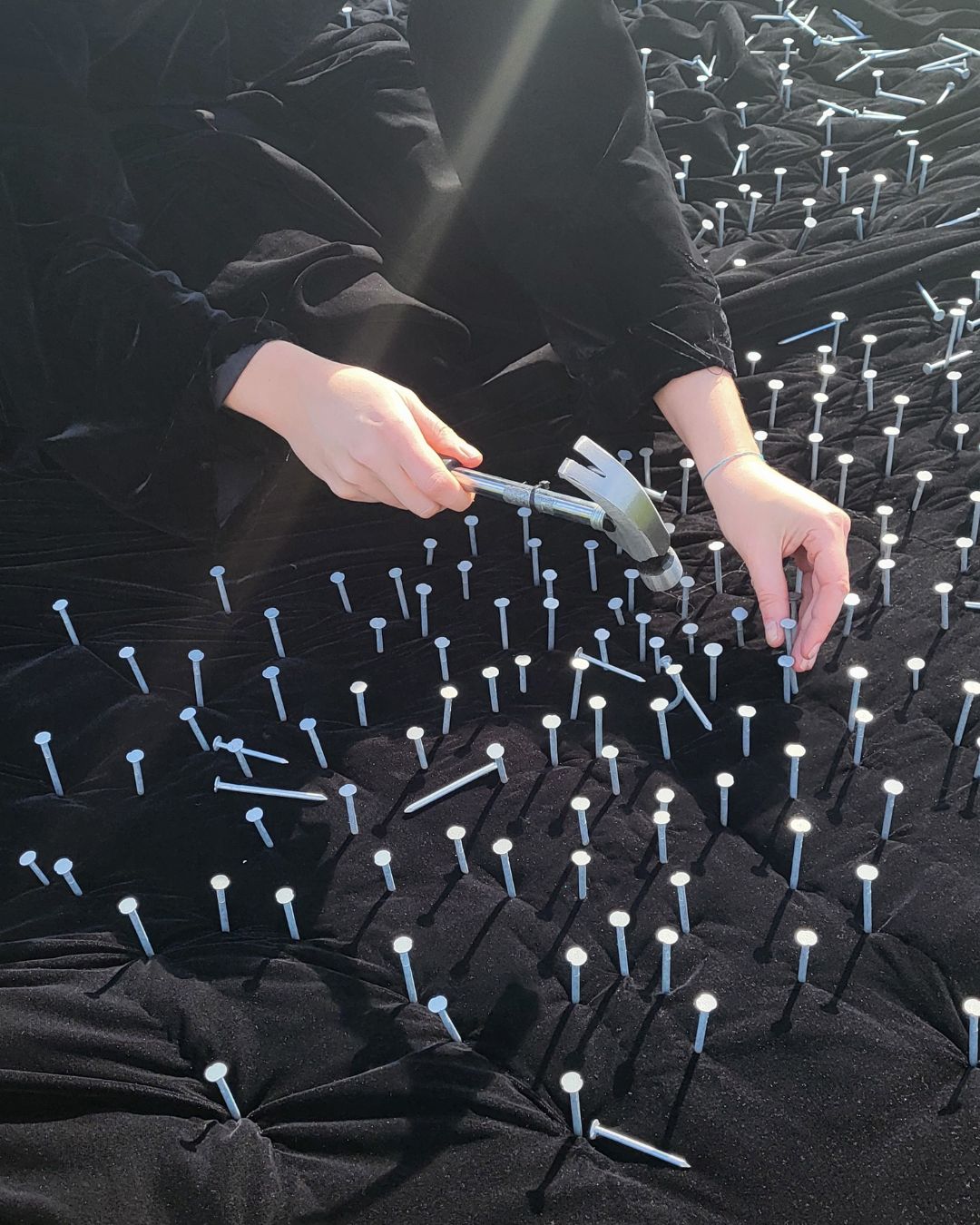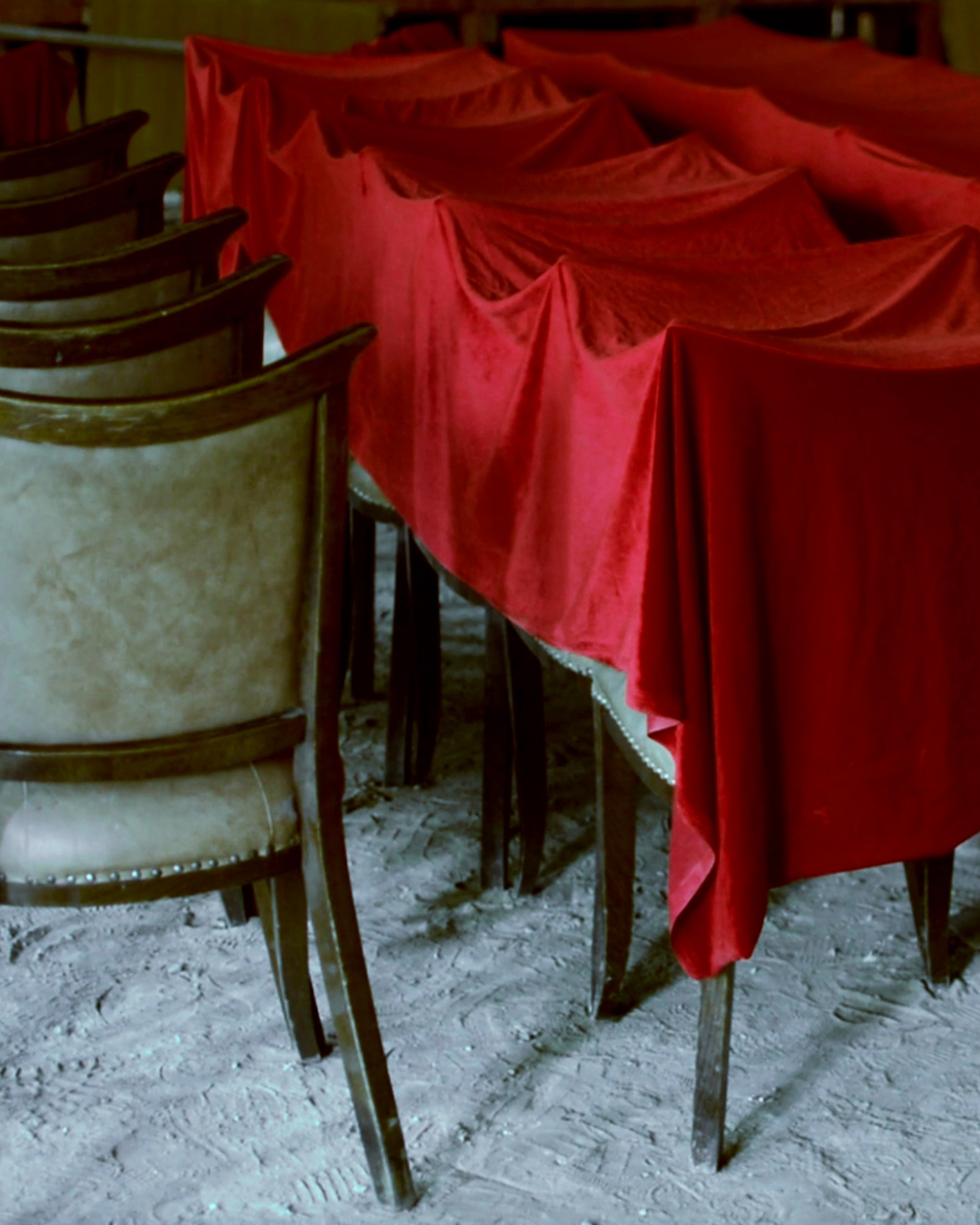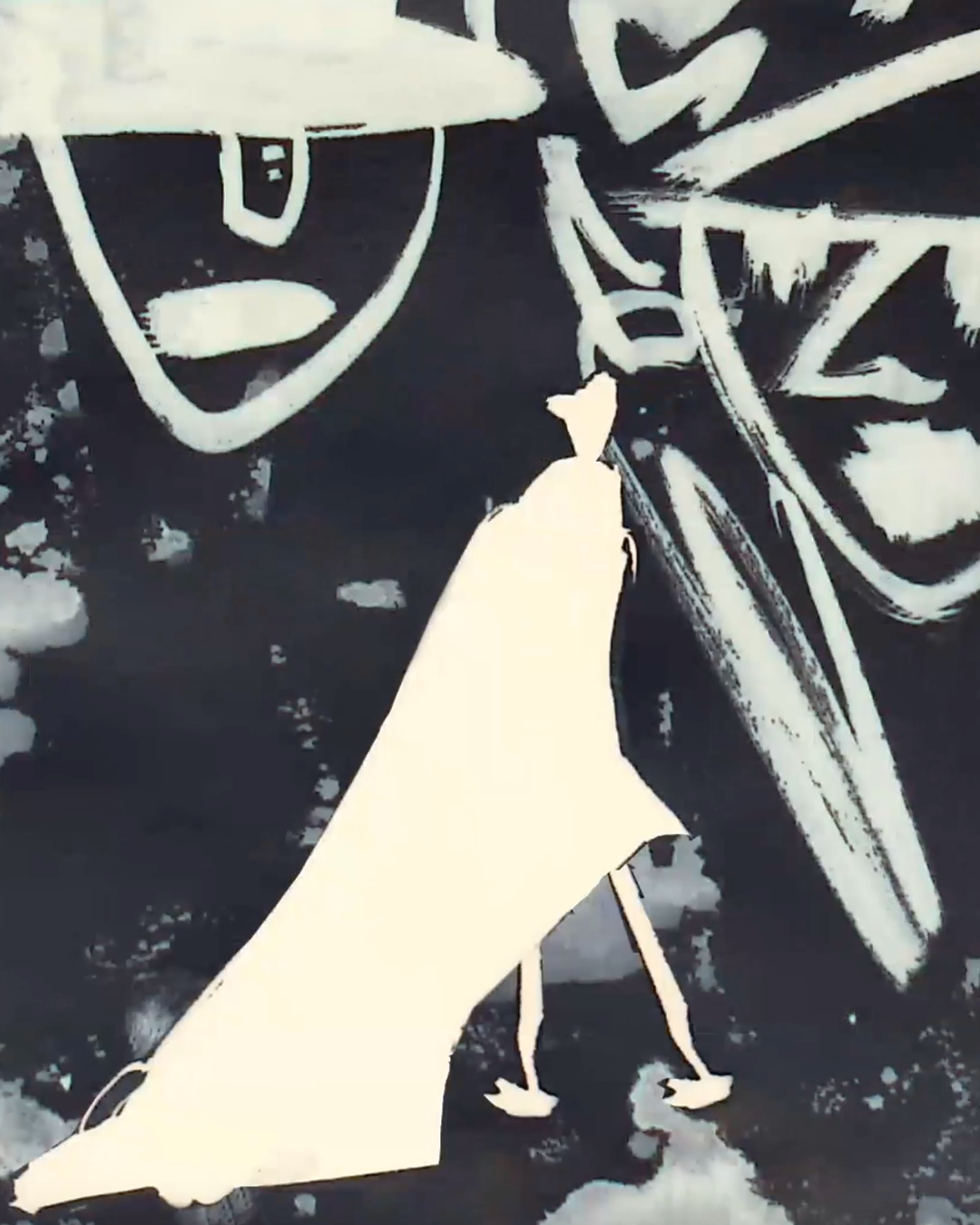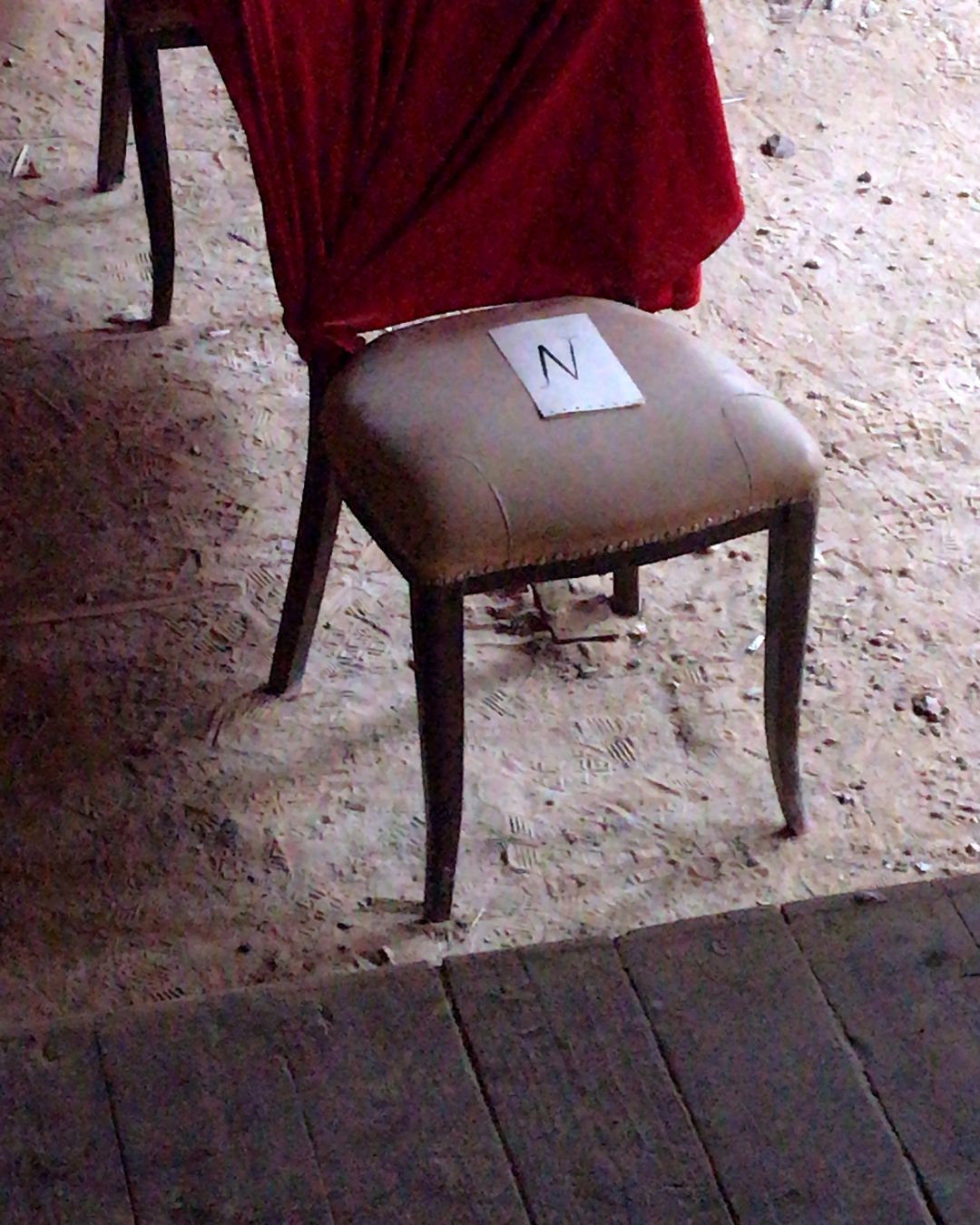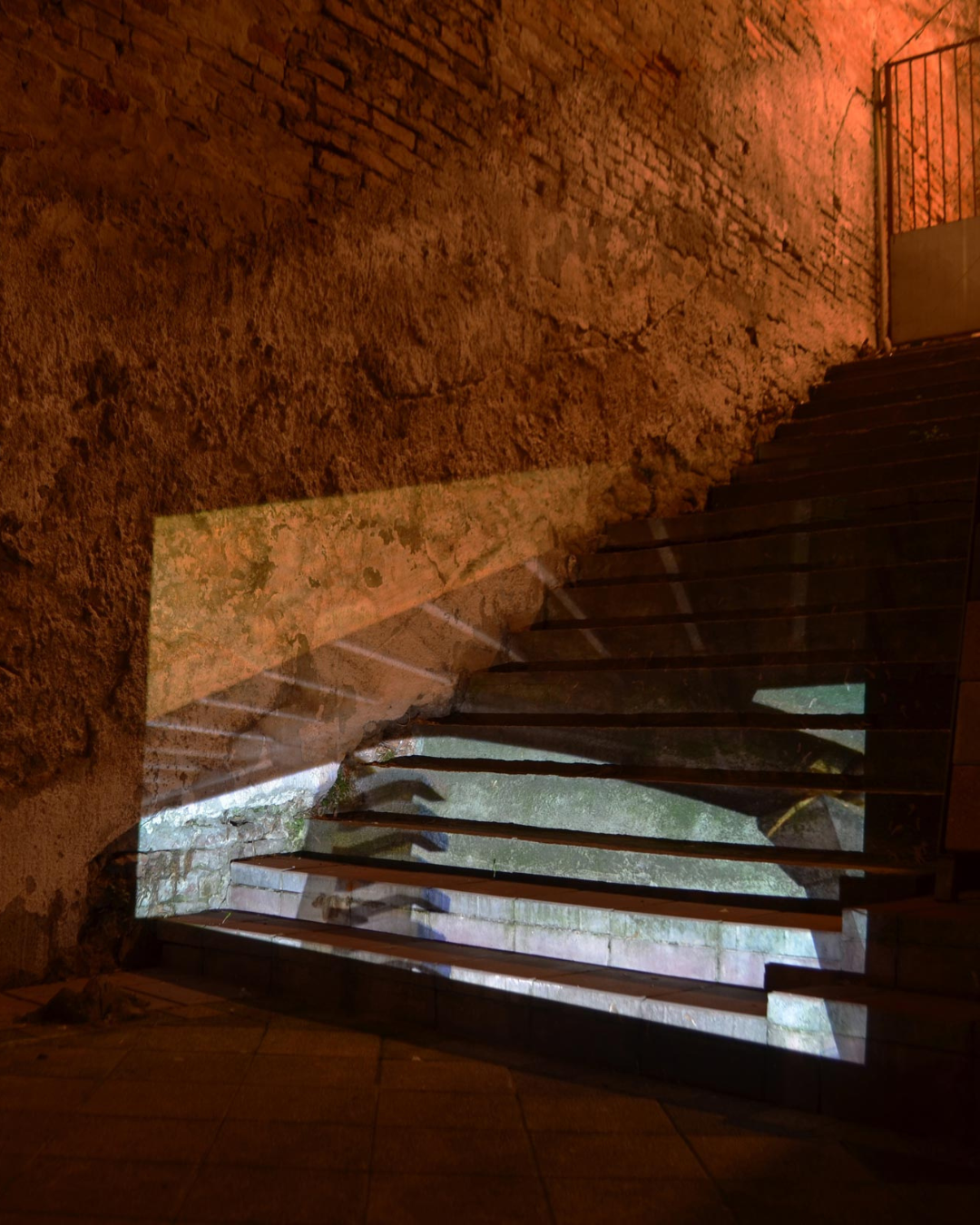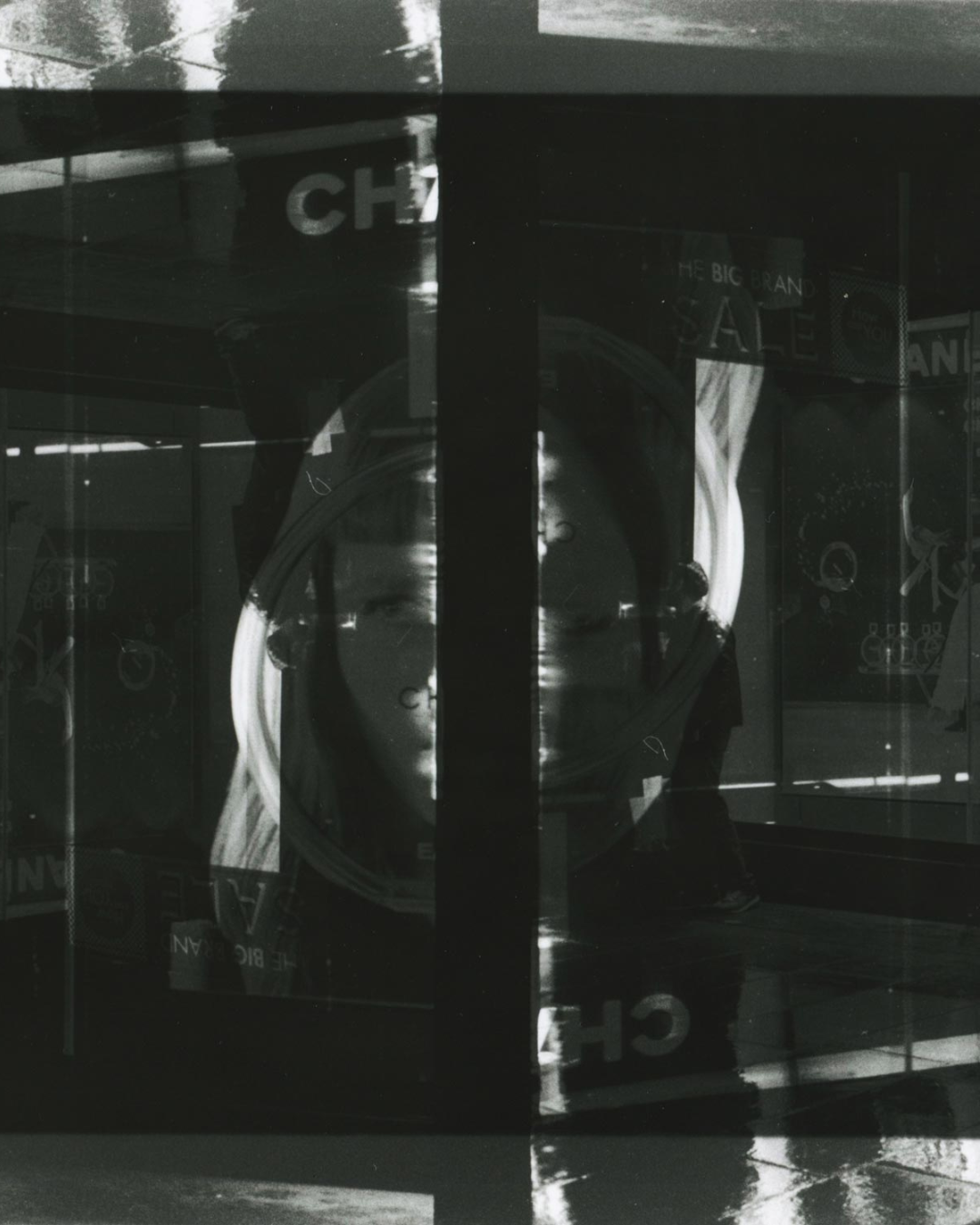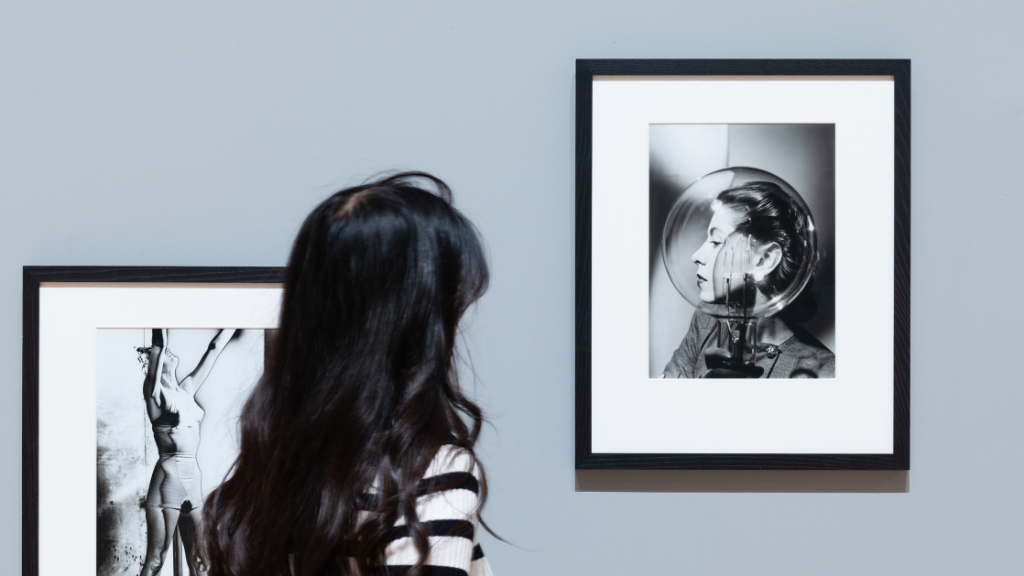
Three female artists who keep “confirming humanity” in the age of digital insecurity
Early 2020s have already left a significant imprint on our perception of human identity, quite early so. The accelerated pace of life, followed by the standstill of the pandemic, large-scale war, and the subsequent migration crises compelled us to reevaluate ourselves, our values, and our role in the world. Afisha.London magazine delves about three female artists who explore the complex topic of identity, and the circumstances that led them to work on the subject.
We stand at the threshold of the new era, where the boundaries between “self” and society blur, the boundaries of privacy becomes a veil, and seemingly immutable moral codes, along with our sense of security, become plaster at the hands of tech giants and politicians. Along with that we find ourselves in a world where human privilege gives way to the ever more vivid presence of artificial intelligence. This article embarks on a path to explore the narratives of three artists exploring the topic of identity, and the circumstances which have brought them there, yet again. Each artist offers a unique perspective on what it’s like to remain human among the misfortunes of the 2020s.
Elena Akaeva, interdisciplinary artist, performance and sound artist, photographer, poet, curator
Elena Akaeva, a versatile artist with a deep psychological undertone in her work, seamlessly weaves through various artistic disciplines, photography, poetry, performance, music and sound art. Her exploration of the theme of identity takes place across diverse mediums, offering a nuanced and multi-layered perspective.
- Elena Akaeva’s performance “Clay”, 2023. Photo: Elena Akaeva
- Elena Akaeva’s performance “Clay”, 2023. Photo: Elena Akaeva
In her performance piece “Clay”, Akaeva explores the formation of identity, raising questions about how much of our identity is truly within our control and how much is molded by society. Illustrating psychological mechanism of projective interjection, she stands smeared with a thin layer of clay and lets people shape her the way they want until the clay completely dries up.
Elena Akaeva’s musical performances are a blend of music and installation. Working on the edge of avant-garde music and sound art In “Depersonalization”, Elena, examines how detachment from home and the death of loved ones affects our identity. Drawing inspiration from the traditions of Pierre Schaeffer and musique concrète, Elena recontextualizes recorded sounds in her compositions, imbuing them with profound philosophical meaning.
- Akaeva’s performance “Patience”, 2020. Photo: Elena Akaeva
- Akaeva’s performance “A year”, 2022. Photo: Elena Akaeva
Elena Akaeva uses found sounds of road travels, and singing in unison with her cello, playing the cello in an unusual way to mimic human moans. She gradually deconstructs the sound, breaking the familiar structures; showing the deconstruction of her core self. In the second part, she uses a sample of voices recorded at a refugee shelter and creates an ever-changing rhythm by hammering her mourning dress with nails to the stage floor, immobilizing herself as if drowning into a blind spot.
Elena Akaeva’s performances are a captivating experience that inevitably sparks profound introspection about the essence of our being, the destiny of today’s world, and the interconnectedness of humanity.
Read more: Bakst, Benois and Dobuzhinsky: How an Extensive Collection of Russian Art Ended Up in Oxford
Jenia Eisner, interdisciplinary artist working in the field of collage, animation, and theater arts
The artist Jenia Eisner presents a study of identity in the context of internal fractures and a sense of time. When global events penetrate the passivity of the individual, the fragility of the world emerges, a vulnerability felt on the verge of a pandemic that we know is destroying the structures of our being. The art of Jenia Eisner is based on the study of the concept of anxiety related to technological progress and automation. Her practice includes using collages from her natural and found narratives, that are transformed into installations and comics using theatrical techniques.
- Part of an installation “Lost City. City N.” by Jenia Eisner. Photo: Jenia Eisner
- A frame from the animation “Lost City. City N.” by Jenia Eisner Photo: Jenia Eisner
An example of such work is “Lost City. City N.”, where the trend of automation and the impact of technology on human perception is revealed through a fabulous narrative about the violent city N, moving from animation on the screen to full installation. The installation is presented in a cinema that is under restoration. We go in from the side of the stage and we have our back to the screen and front to the auditorium. This mise-en-scène begs the question: who isn’t here? The invisible spectators sitting on chairs covered with red velvet cloth in the auditorium, who are they? Should we go down there, or is it best to stay upstage?
An animation is played behind our backs, about how shadow heroes style themselves through the portal every morning, the artist’s allegories about modern disinterest in the body and nature, obedience to the owners of the portal and the custodians of documents. An interesting technique of expanding the space chosen by the artist by transferring the text from the playable animation to the brochure about it takes us from the metaphorical to the material world thus as the anxiety of focusing us on ourselves. Her analysis is based on her own experience mixed with the allusion to Alan Schneider’s 1965 movie “The Film” which explores the state of loss and anxiety.
- A fragment of the animation “Lost City. City N.” by Jenia Eisner Photo: Jenia Eisner
- Part of an installation “Lost City. City N.” by Jenia Eisner. Photo: Jenia Eisner
Jenia Eisner seeks to criticize established values of conformity and media control practices, much as Kurt Vonnegut did in his sometimes harsh first novel, The Piano Player, 1952.
Exploring the subtle strands of the human psyche, Jenia Eisner demonstrates the vulnerability of human existence and its shortcomings through his characters. Her art raises an important dialogue about how anxiety and technological progress shape our view of the world and our identity.
Sofya Chibisguleva, artist, curator, writer
“Let’s delve into the city” — this line, which appears at the start of Sofya’s video piece “Out (The Major Experience)”, perfectly describes the feeling one encounters when faced with her works. It is an invitation into dissociation, hypnosis, deep focus, and movement. Highlighting the hidden lives of city barriers, signposts, shopping malls, and even materials they are built from, Sofya uncovers the way the urban environment has managed to control and enslave us to the point of a certain Stockholm syndrome — we long to leave the city, yet once we are out of it, we long to be back into the trap of its data infestation.
- A frame from Sofya Chibisguleva’s video “Immersion”, 2015. Photo: Sofya Chibisguleva
- A frame from Sofya Chibisguleva’s video “The Sun”, 2018. Photo: Sofya Chibisguleva
Following in the footsteps of the Situationists International, Sofya’s work subtly yet persistently highlights the lies of digital and physical cities, focusing her work on the phenomenon of ‘imitations’ (real estate visualisations, fake staircases and facades, placeholders) and the way they trick us into feeling, thinking, and doing things we wouldn’t want to do otherwise. Personally, Sofya has created plenty of artistic imitations, in forms of artistic pseudonyms (characters) and their bios — Nikolay, Studio SFCH, Seeree.xyz — as a social experiment to see if these different identities would change the way her work is perceived. The answer is “yes”.

A frame from Sofya Chibisguleva’s video “Out (The Major Experience)”, 2021. Photo: Sofya Chibisguleva
Similar to the artists of the past, she dwells and her visuals seem very simple — a view from the train window, a river current, trees. However, the landscapes evoke an unsettling feeling of looking at an optical illusion. The key to this effect lies in the layering with the spoken narrative — speculative poetry and sound design. She utilises this multimedia approach in all of her works, be it a piece of video art, a sculpture, or an installation.
Read more: Felix Yusupov and Princess Irina of Russia: love, riches and emigration
In her separate art duo practice (The Mainline Group) with the artist Lena Kilina — an anthropologist — she performs field studies in different cities around the world to compare the strategies of urban control employed by different governments and cultures.
Sofya avoids the galleries and institutions (for obvious reasons) and sticks to artist residencies and curating projects in unusual environments, for example, a haunted observatory (Bidston Observatory Residency) and a rural Buddhist temple (Zengården Residency), and running workshops aimed at bringing one to the point of identity crisis, so that a more independent self may emerge.
Irina Voloshinovskaia, academic, writer
Cover photo: Jenia Eisner
Read more:
Leo Tolstoy in London: shaping the british literary landscape
Composer Pyotr Tchaikovsky in London: impressions, recognition and success
How Diaghilev’s “Saisons Russes” influenced the European art world of the 20th century
SUBSCRIBE
Receive our digest once a week with quality Russian events and articles

